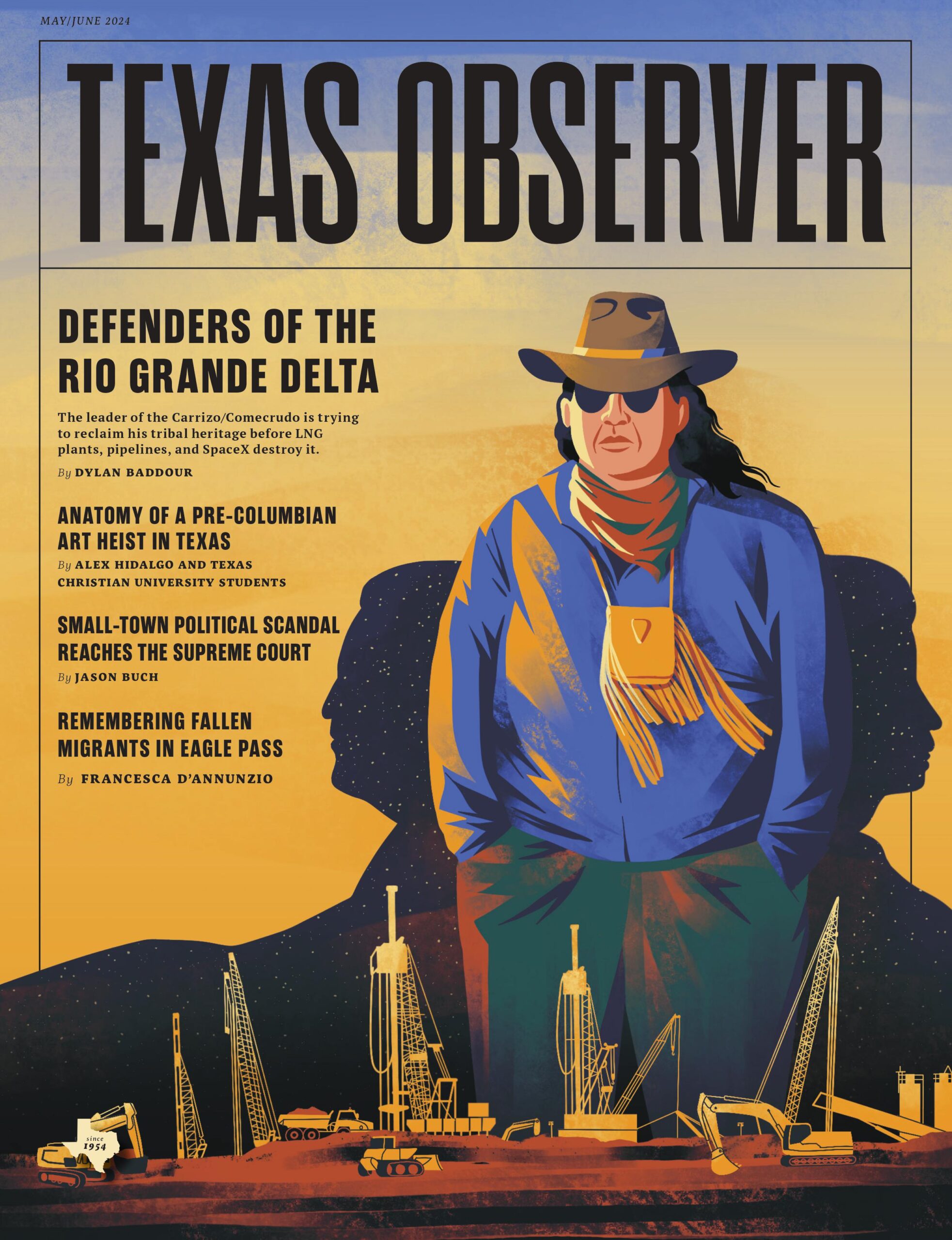ustxtxb_obs_1999_02_05_50_00028-00000_000.pdf
Page 25
A Bill Murray, Jason Schwartzman, and Wes Anderson on location of Rushmore Van Redin BOOKS & THE CULTURE The Barber Of Harris County Adroit Prep School Feature from the Makers of Bottle Rocket BY STEVEN G. KELLMAN Rushmore. Directed by Wes Anderson. To judge by contemporary American movies, high school is a warehouse for moronic, lubricious thugs. And many of them are presumed to be sitting in the audience. When Ernest Goes to School, moviegoers join the community of Dangerous Minds, or merely empty ones. Rushmore, however, respects both subject and viewer, though it places its faith in irreverence, and though its title suggests vapid monumentality, huge heads made of nothing but stone. A coming-of-age story that prizes wit over clamor, Rushmore takes its name from an elite prep school that fifteen-year-old Max Fischer organizes and controls, before his expulsion. He is able to attend genteel Rushmore Academy because of the scholarship he was awarded for writing a one-act play about Watergate, when he was in the second grade. The story of Max’s experiences in the tenth grade, Rushmore is the sophomore feature of director Wes Anderson and his co-writer Owen Wilson, Texans now resident in Los Angeles. Bottle Rocket, their debut project, began as a thirteen-minute short that so impressed officials of Columbia Pictures when it was screened at the Sundance Film Festival that they were willing to pay $5 million to expand it into the feature that was released in 1996. Now Rushmore, which was produced by Disney’s Touchstone Pictures, doubles the budget of Bottle Rocket. At this geometrical progression, it will take Anderson and Wilson two more rounds to equal the financial resources of the average Hollywood production. They have already matched its artistic merits. Though its ivy and tweed suggest New England aping Old England, Rushmore was in fact filmed in Baytown and Houston, in part at Anderson’s own alma mater \(St. home state, the work has little to do with the likes of William Travis except that both were shot in Texas. In Bottle Rocket, three young slackers take to the road to live off the land. They begin their picaresque careers by burglarizing an affluent suburban home, though it happens to belong to one of them. Artists, too, begin and often end by pilfering themselves. As he lay dying and composing his autobiographical masterpiece, Marcel Proust fed off his childhood. Max is probably more precocious and obnoxious than either Anderson or Wilson was. After all, they had to study, and meet, at the University of Texas at Dallas before making Bottle Rocket. But the adolescent impresario of the Max Fischer Players is already adapting Serpico to his prep school stage. When forced to attend plebeian Grover Cleveland High School, he mounts an elaborate, explosive production set in the midst of the Vietnam War. An early, sprightly montage of extracurricular activities establishes Max as the Sergeant Bilko of blazer youths, a preppie teen in command of everything chess, drama, newspaper, debate, German club, French club, yearbook, astronomy at Rushmore, except his dismal grades. Though he orchestrates a successful campaign to save Rushmore’s Latin courses, Max’s own academic performance is cast in the accusative case. “He’s one of the worst students we’ve got,” the headmaster, apoplectic that a common student has wrested mastery of Rushmore away from him. Guggenheim places him on sudden-death probation, and when Max begins unauthorized construction of an aquarium on the baseball field, the headmaster expels him. Rushmore is driven by Max’s relations with two adults. One is Herman Blume, a feckless and wistful steel tycoon played with exceptional gentleness and a thin mustache by Bill Murray. Blume’s twin sons attend Rushmore, but they seem to him members of an alien species, and he much prefers the company of the cocky nerd Max. Max, who declines Blume’s offer of a job, is able to cajole an $8 million donation \(more than Anderson could get from Columbia to finance 28 THE TEXAS OBSERVER FEBRUARY 5, 1999


